What is a Meteor? NASA explains what this fiery and fascinating object is about
Amid the fascinating meteor sightings these past few months, you should know the basics about it. NASA explains what is a meteor.

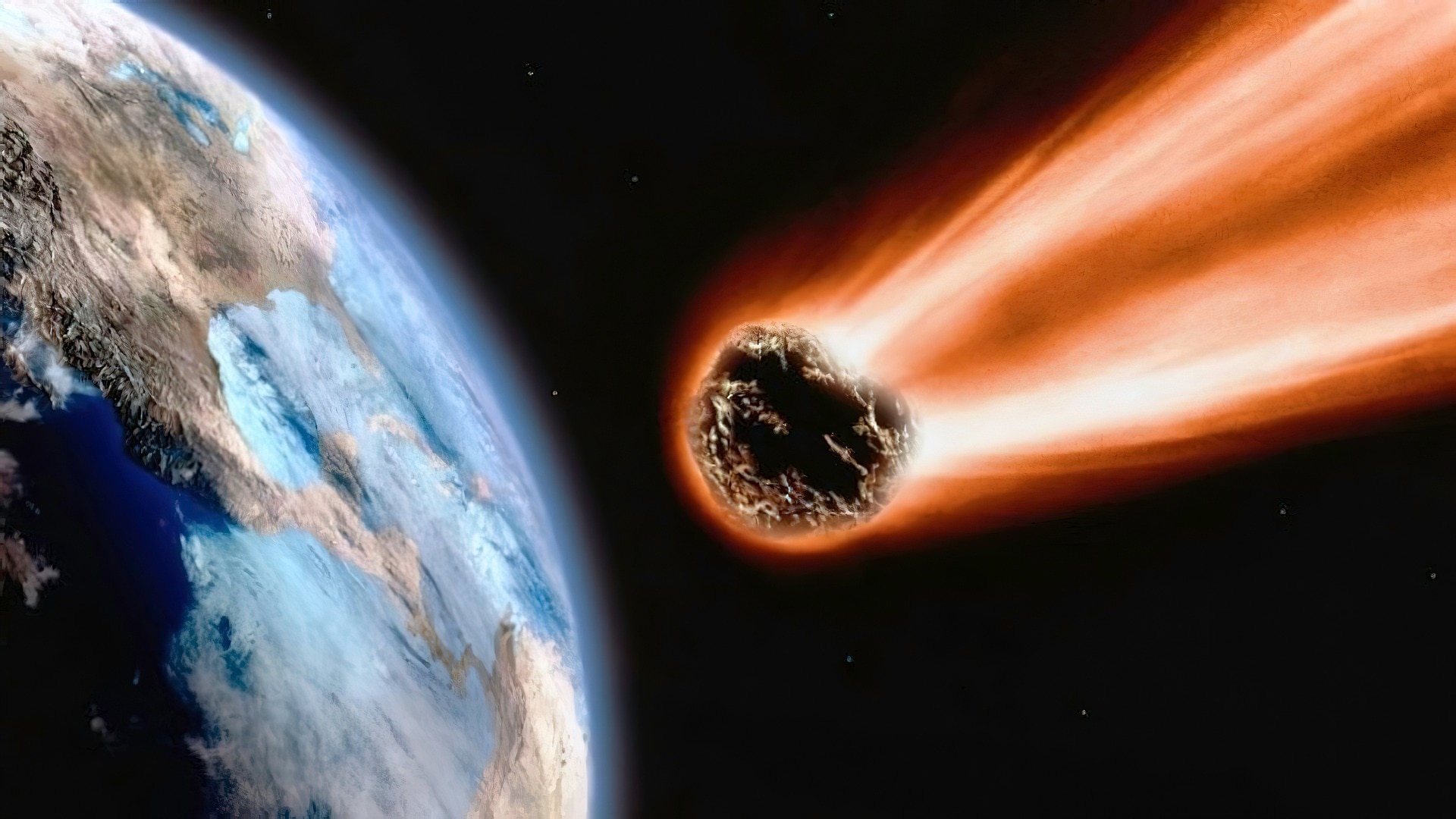
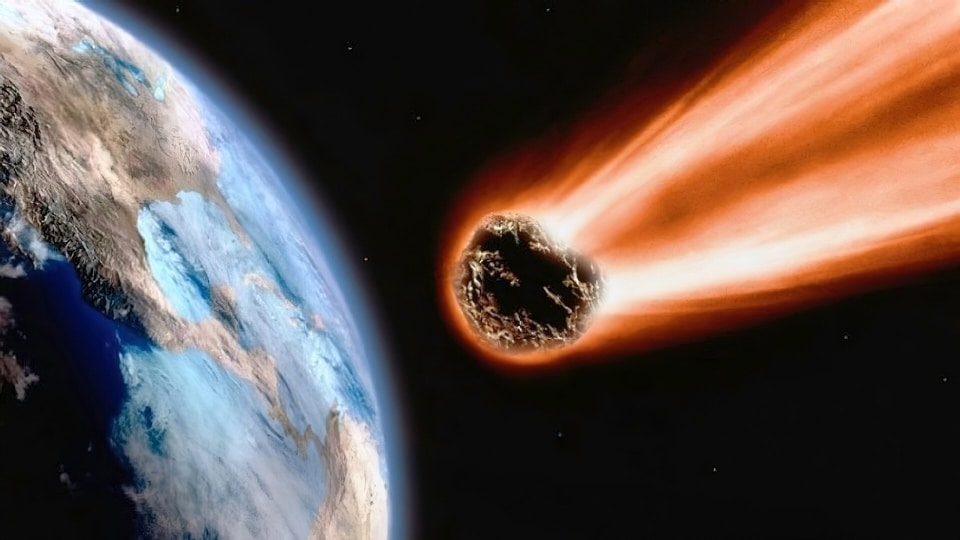
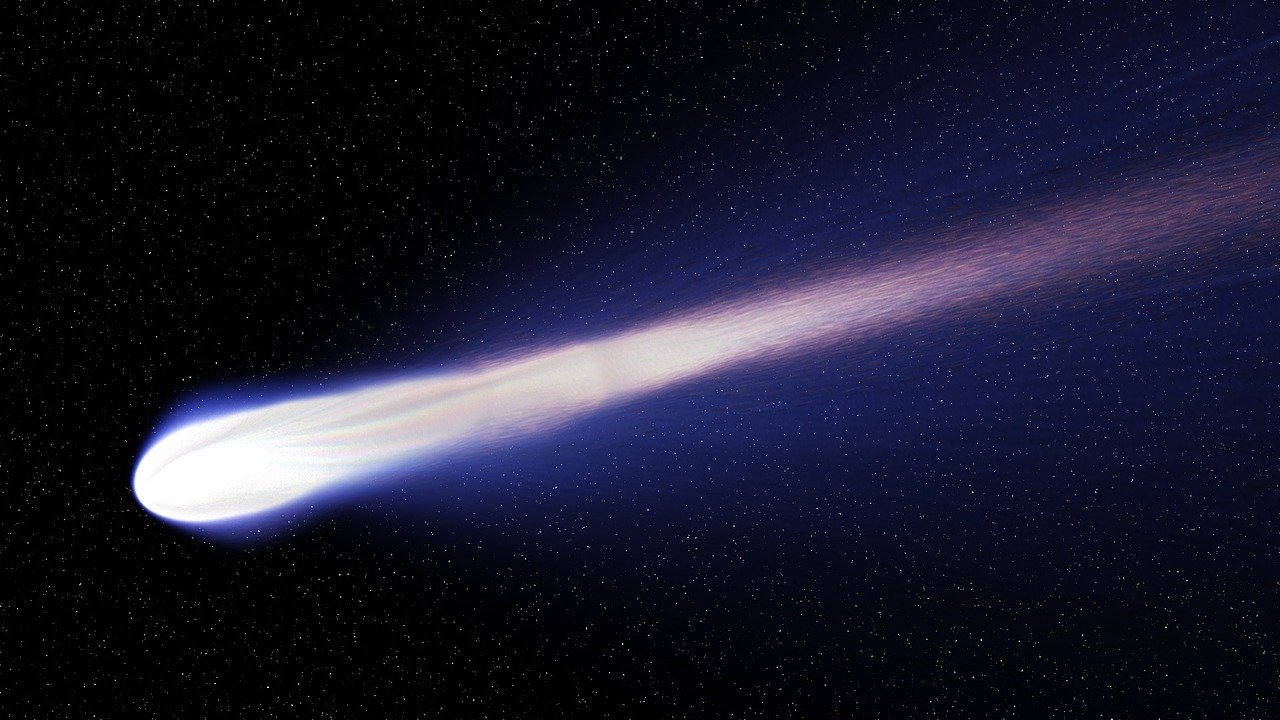
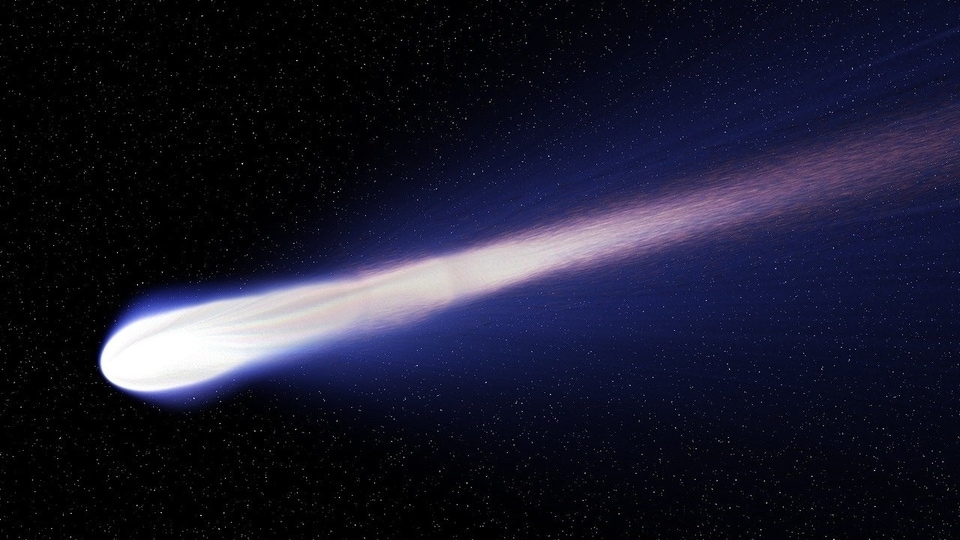


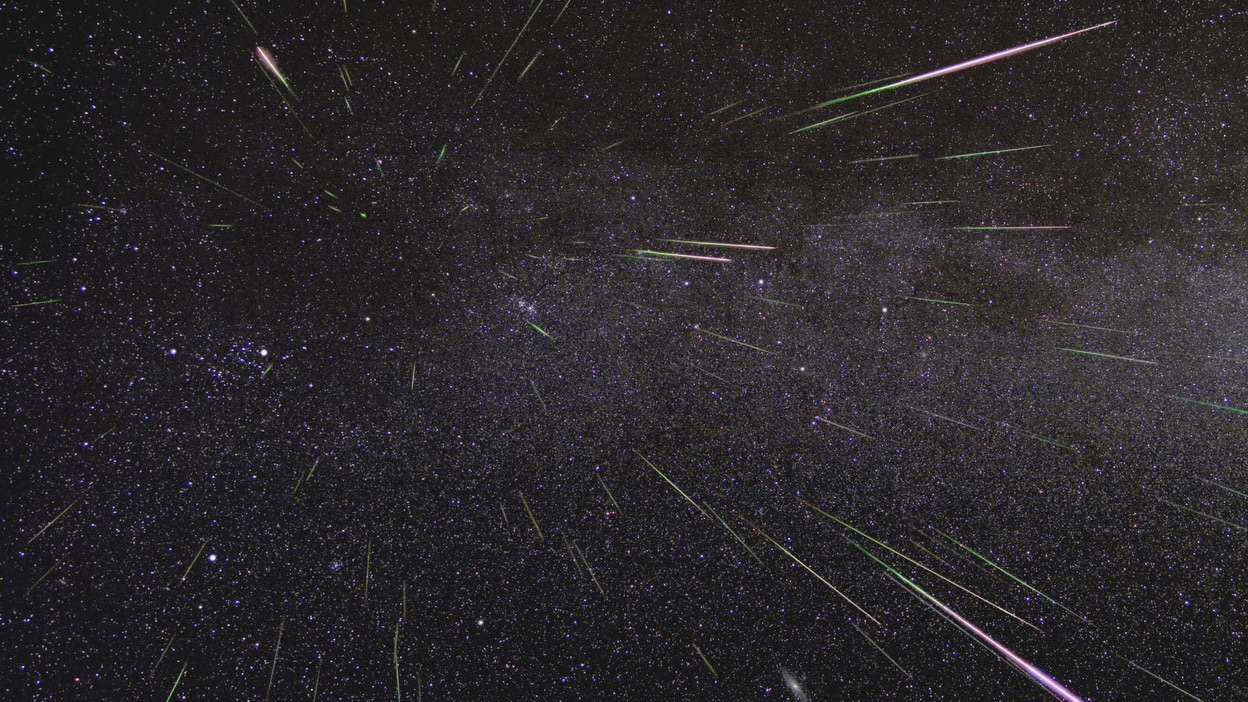

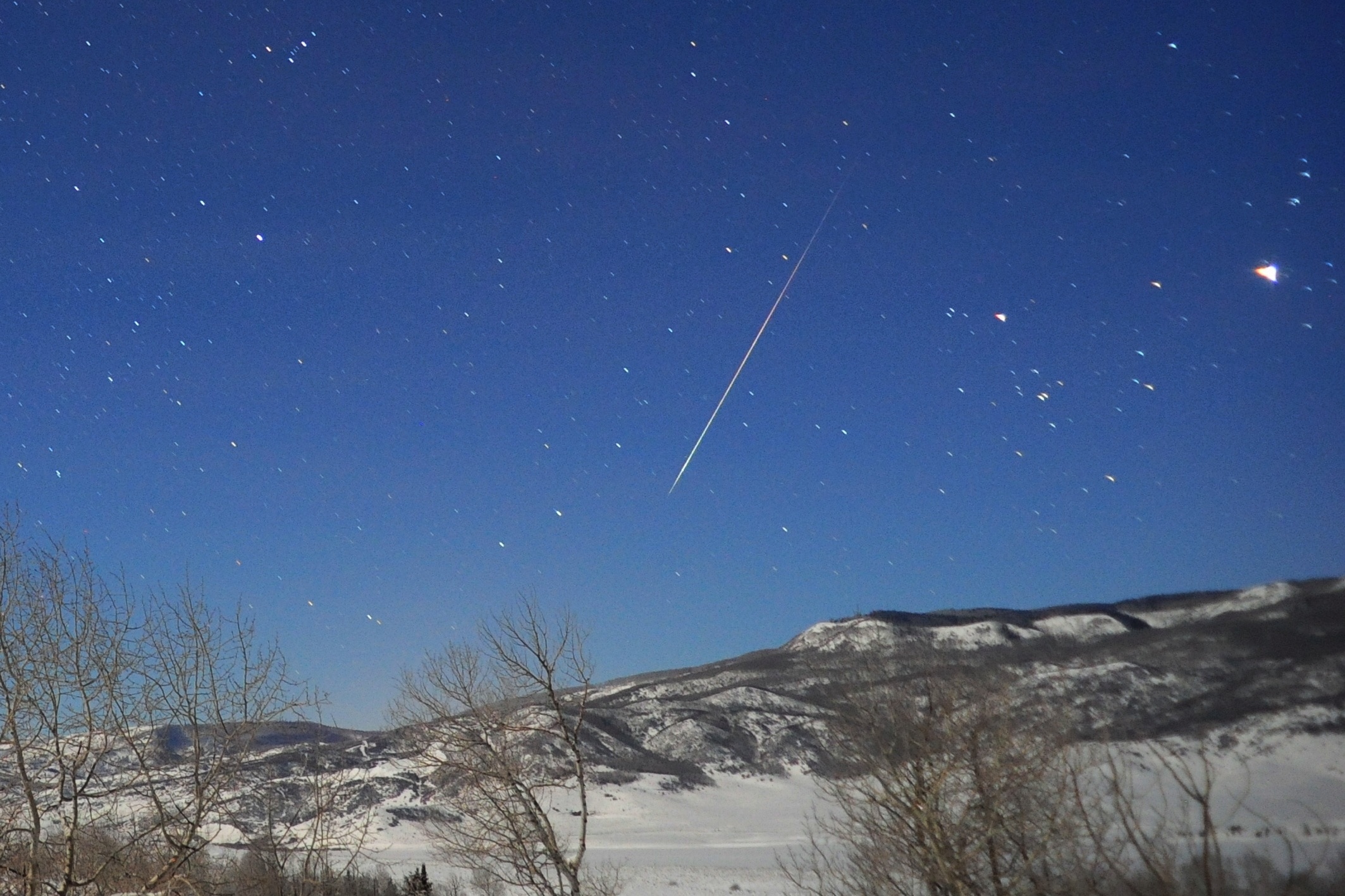

First Published Date: 05 Aug, 15:45 IST
NEXT ARTICLE BEGINS































